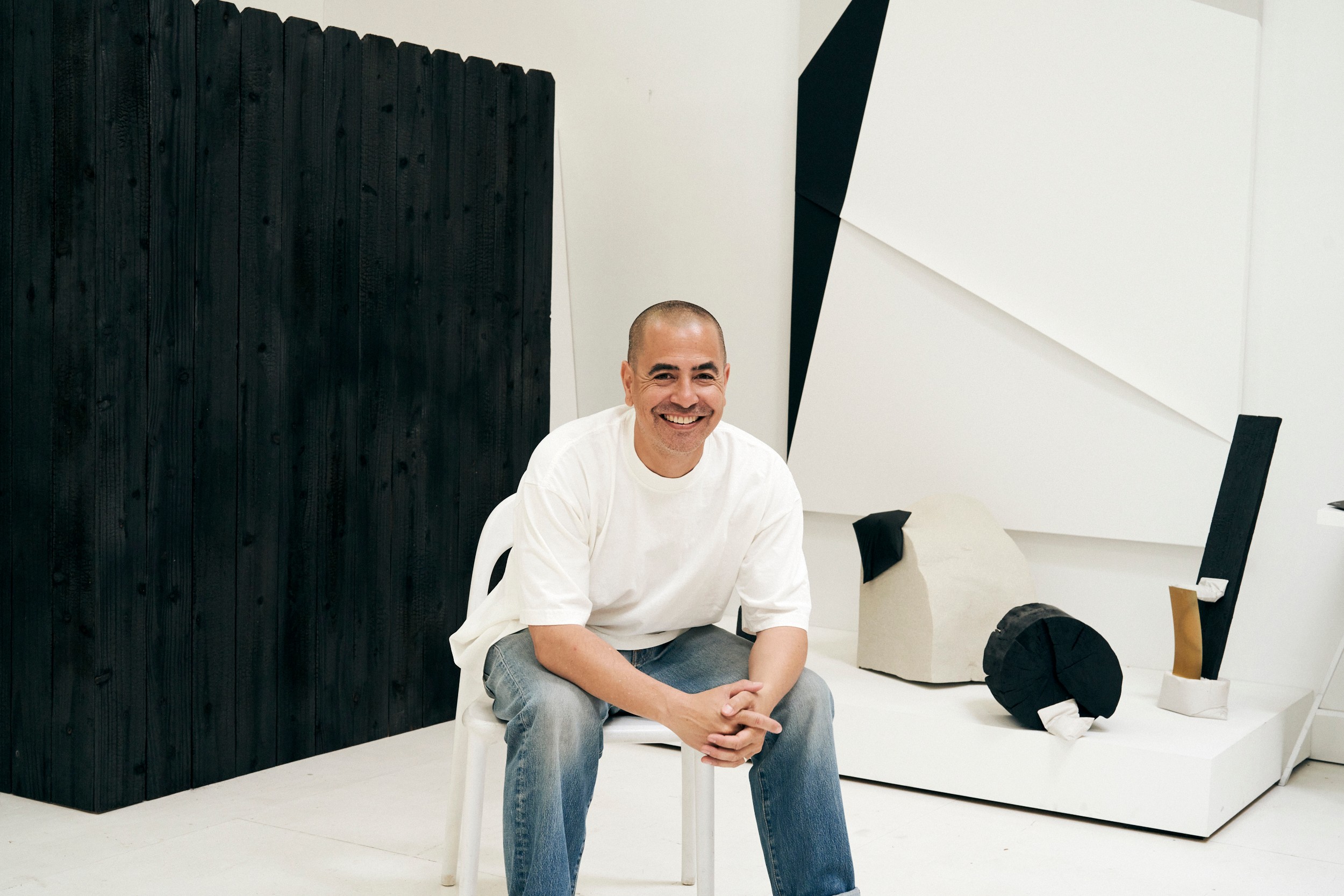

Today we’d like to introduce you to Tofer Chin.
Hi Tofer, thanks for sharing your story with us. To start, maybe you can tell our readers some of your backstory.
I was born and raised in Los Angeles—more specifically, in the Valley. As an Asian American, with a Chinese father and a white mother, my experience has always felt like living on the edge, never entirely sure of who I was—somewhere in between. Art has always been the place where I found belonging. I started by drawing for hours at home, then moved into graffiti, and later spent countless hours at museums, absorbing the works around me. Whether I was observing art or making it, I felt a “sense of home,” perhaps for the first time.
That feeling deepened during an oil painting class at SMC—the first time I knew this was something I needed to pursue for the rest of my life. My practice has always come first and foremost from observation, deeply tied to the city’s landscape, architecture, and cultural fabric. I went on to study at Otis College of Art and Design, where I received my BFA. From the beginning, I’ve been interested in creating work that blurs the boundaries between painting, sculpture, and architecture.
In the early 2000s, I began showing my work in the U.S. and abroad, developing a language of geometric abstraction through painting and sculpture. Over time, that grew to include large-scale murals and site-specific installations, often inspired by urban environments, ecological shifts, and the tension between permanence and impermanence—presence and absence.
Today, my work moves fluidly between the studio, public spaces, and site-specific projects—all extensions of the environments we live in and move through. Along the way, I’ve had the privilege of mentoring younger artists and collaborating with community organizations, both of which have become integral to my practice. My projects range from gallery and museum exhibitions to public commissions, but at their core, they’re about creating moments of reflection and connection. In parallel with my studio practice, I recently co-founded Communal Projects with my partner and writer Mari Orkenyi—an artist-led curatorial and consulting initiative dedicated to developing public projects, exhibitions, and cultural programs.
Can you talk to us a bit about the challenges and lessons you’ve learned along the way. Looking back would you say it’s been easy or smooth in retrospect?
It definitely hasn’t been a completely smooth road. A long time ago, I made the decision that this would be a lifelong project, and that perspective has allowed me to accept the different seasons that come with committing to a long career. Like many artists, I’ve had to navigate the uncertainty of this path—financial ups and downs, the challenge of balancing personal life with studio practice, and the unpredictability of opportunities. From time to time, I return to that decision I made years ago as a reminder to keep a broader, long-term perspective.
The greatest challenge is the persistence it takes to keep going—spending countless hours in the studio, applying for opportunities that may or may not come through, and learning to handle rejection as part of the process. Over time, though, I’ve realized those obstacles can be transformative: they’ve taught me patience, resilience, and the importance of trusting my own vision even when the way forward isn’t clear.
Community has also been a vital part of my path, making the journey less lonely and more meaningful. Collaborating with other artists, engaging with students, and working with organizations has reminded me that making art isn’t just an individual pursuit—it’s also about contributing to something larger.
Appreciate you sharing that. What else should we know about what you do?
My work moves between painting, sculpture, murals, and site-specific installations. As I mentioned, it begins from a place of observation: the landscape, shapes and forms, light and shadow, and the patterns found in nature, the built environment, and the ways people live.
I create pieces that range from small studio works to large public projects—bold abstract paintings, folded canvases, sculptures made from burned cedar, and expansive murals. The works are physical and invite viewers to move around them, from near to far. They ask us to reflect on presence versus absence, permanence and impermanence—what is seen and what remains unseen.
Some of the projects I’m most proud of are those outside the studio—murals and sculptures in public spaces, collaborations with community organizations, and mentoring younger artists. These moments remind me that art isn’t just an object, but an experience that can shift how people move through the world. Earlier this year, I did a sculpture installation titled ‘WHO LOOKS OUTSIDE DREAMS, WHO LOOKS INSIDE AWAKES’ at Meier St/, and the mural ‘Two’ on the exterior of Southern Guild Los Angeles, in the heart of the city.
I’ve also loved seeing the life my mural ‘Opening’ has taken on at Los Angeles International Airport, as well as the mural installation ‘Tides’ at the Michelle and Barack Obama Sports Complex, where I had the privilege of mentoring local artist Preston Summers on his first mural. Another highlight is my permanent installation ‘Expansion No. 1’ at the entrance of Netflix’s headquarters, off Sunset and Bronson in Hollywood.
Are there any books, apps, podcasts or blogs that help you do your best?
Books I return to often:
‘Wabi-Sabi: Further Thoughts’ by Leonard Koren
‘The Artist’s Reality: Philosophies of Art’ by Mark Rothko
Richard Serra | Hal Foster
‘Conversations about Sculpture’
I love reading The New Yorker, which we subscribe to at home.
I really enjoyed the podcast ‘Death of an Artist’, hosted by Helen Molesworth. That series really tripped me out, and it’s done so well.
Most of the time I’m listening to music all day long—pretty much from the moment I wake up, driving, at the gym, in the studio, and at home. I listen to a lot of mixes, some I stumble upon and others recommended by friends. Lately I’ve really been into the Boiler Room sets, The Do!! You!!! Breakfast Show w/ Charlie Bones, and the DJ Harvey & Andrew Weatherall six-hour set!
And then, on a totally different note, I’ve been obsessively watching all of the Korua Shapes snowboard films. To me, they’re the most beautiful art films—shot entirely in black and white, emphasizing light, shadow, form, and movement.
Contact Info:
- Website: https://www.toferchin.com
- Instagram: https://www.instagram.com/toferchin/
- Other: https://www.communal-projects.com
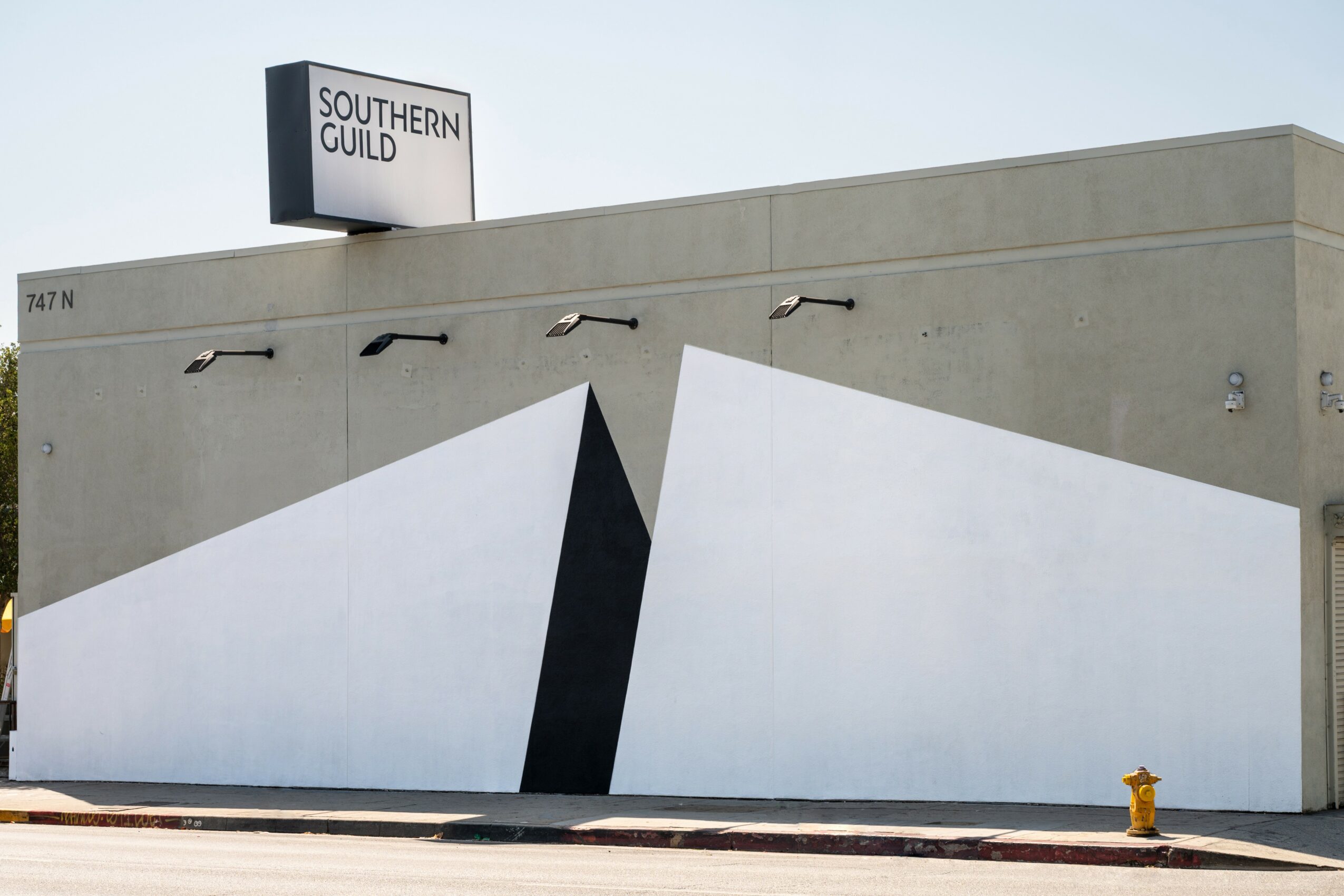

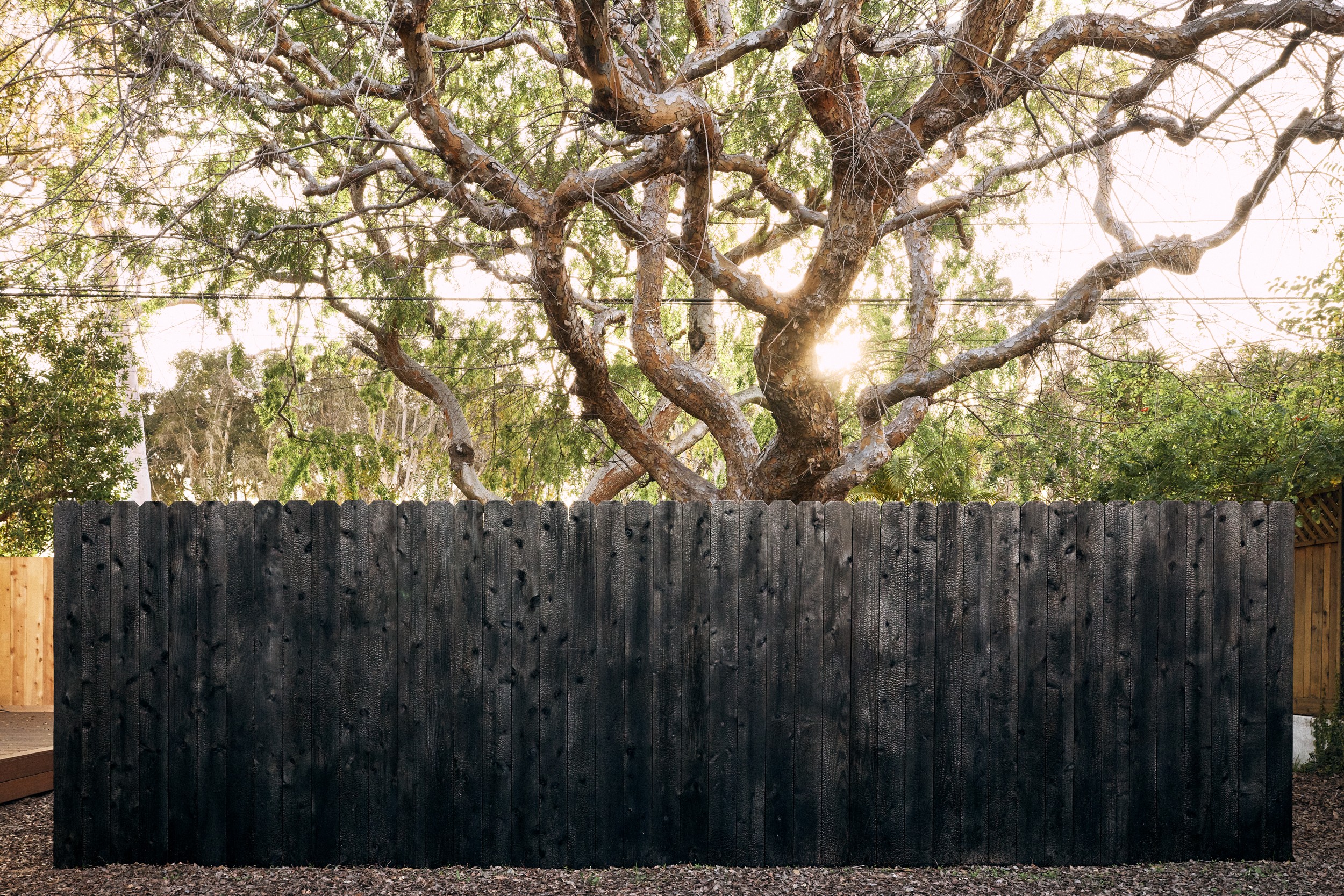
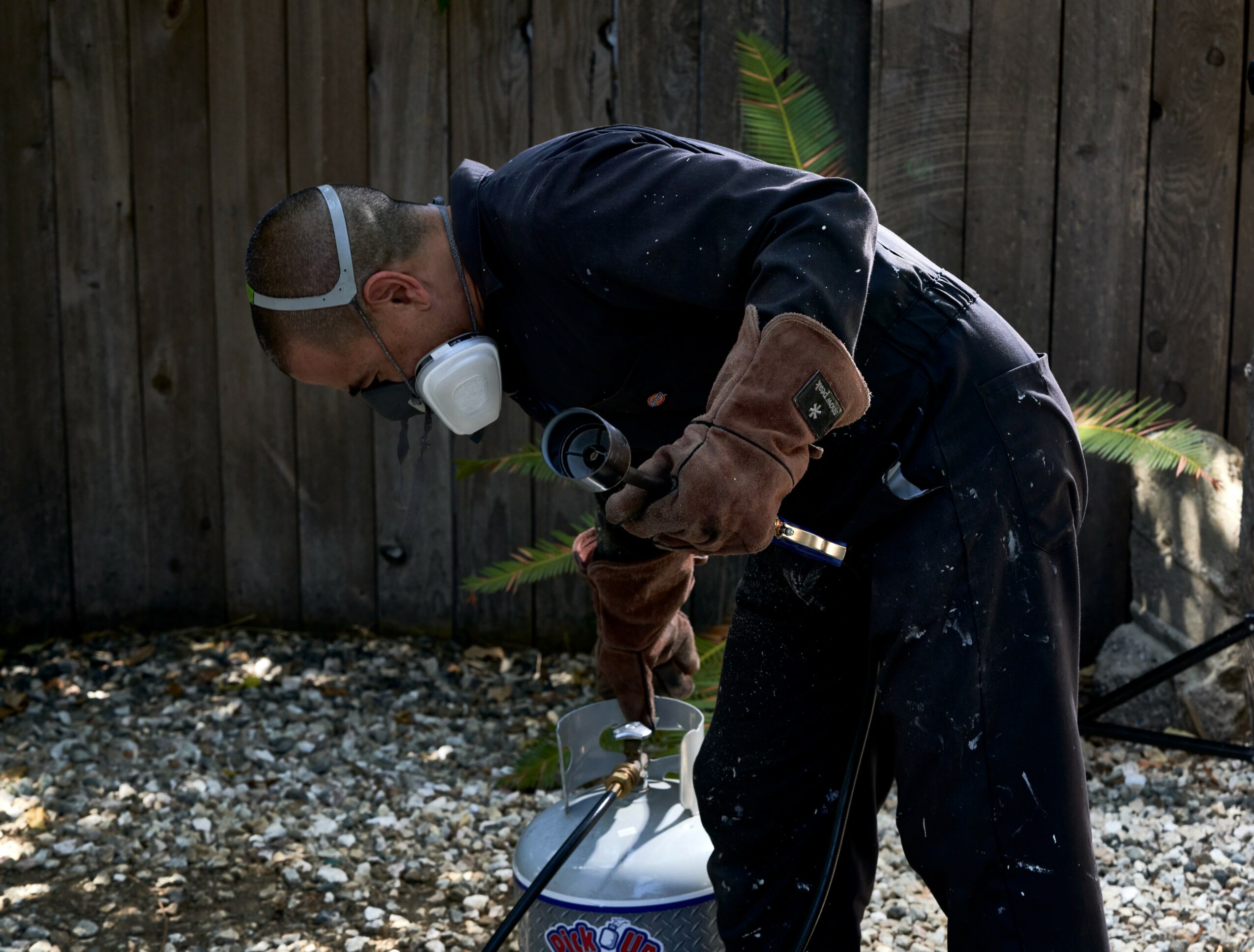
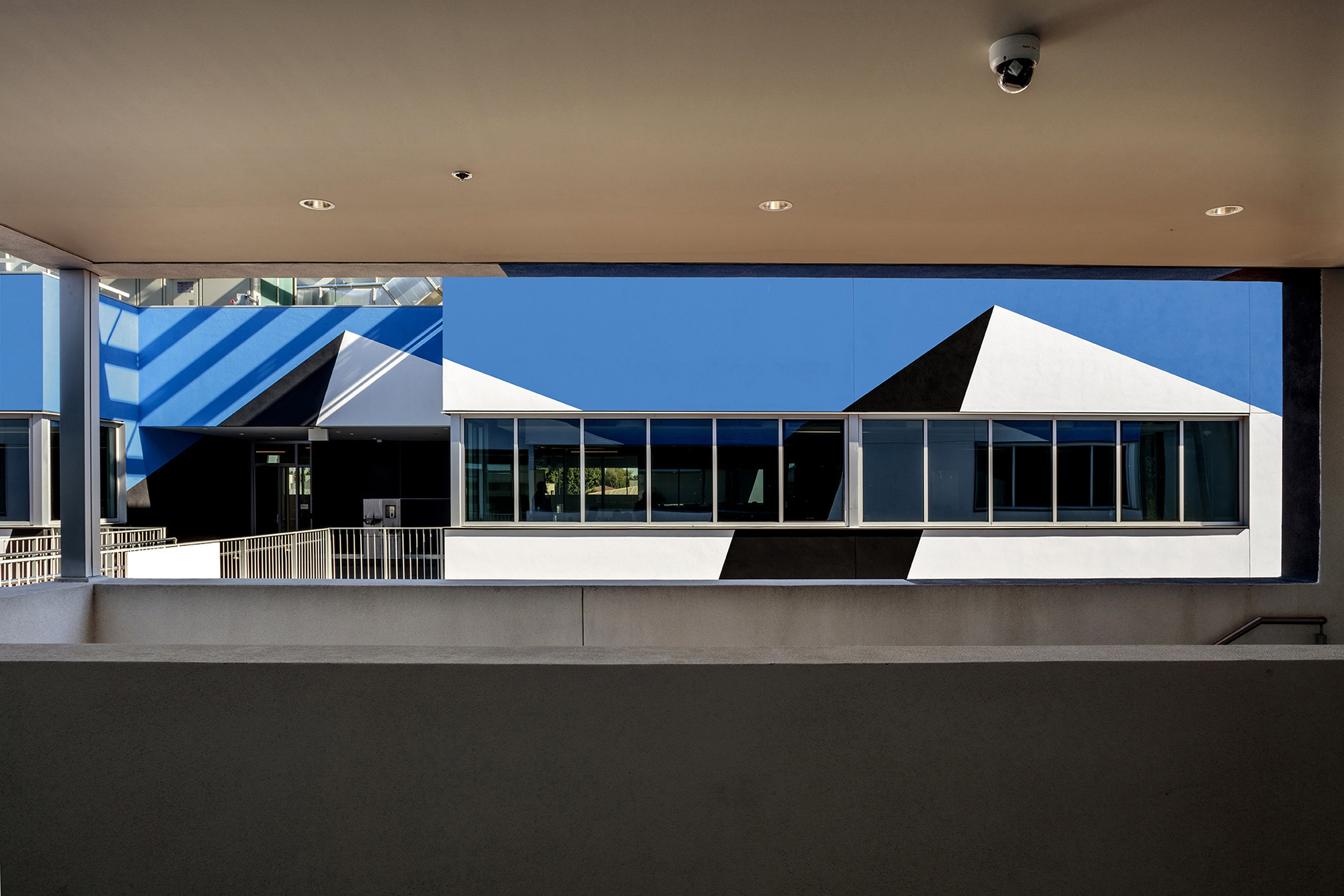
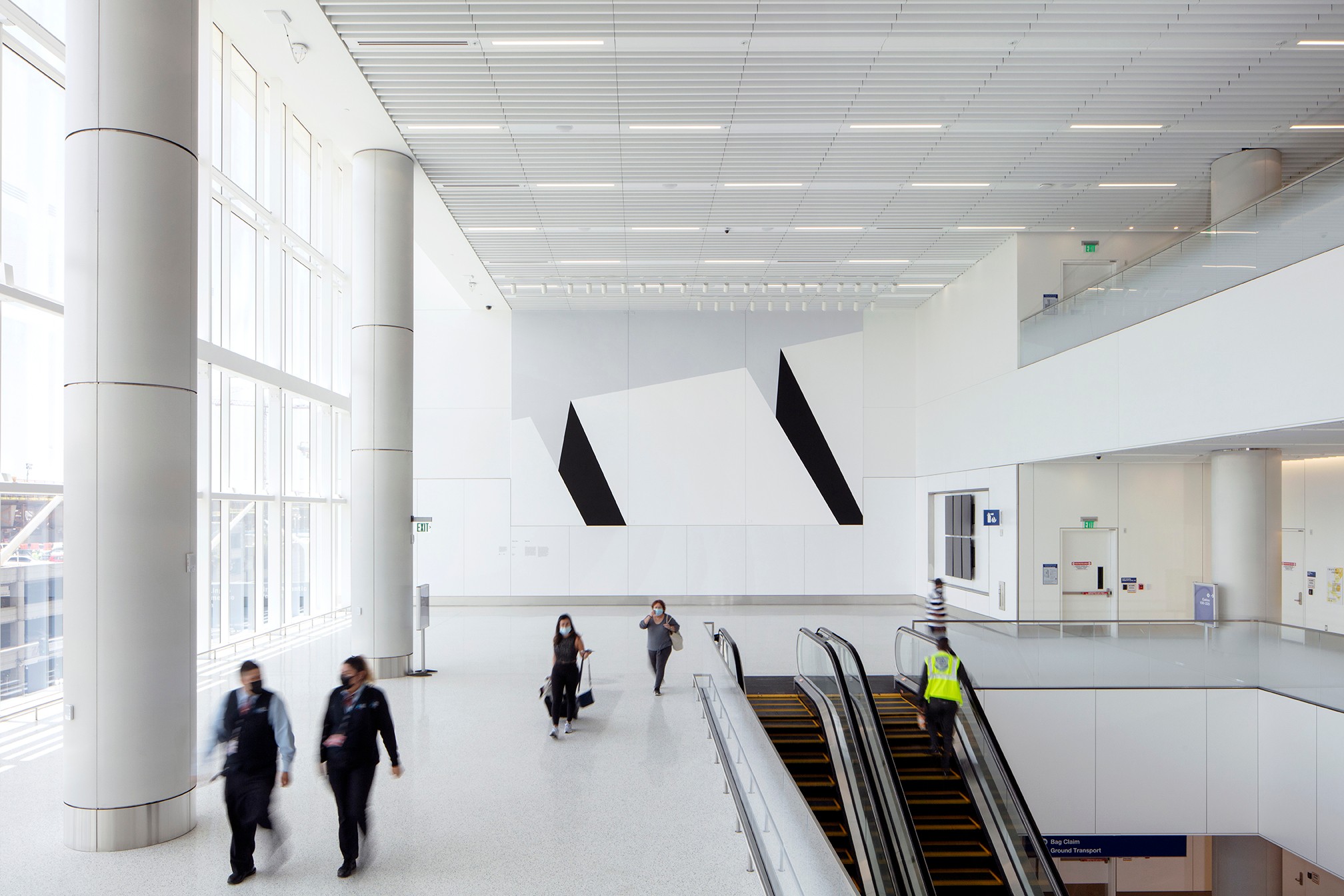

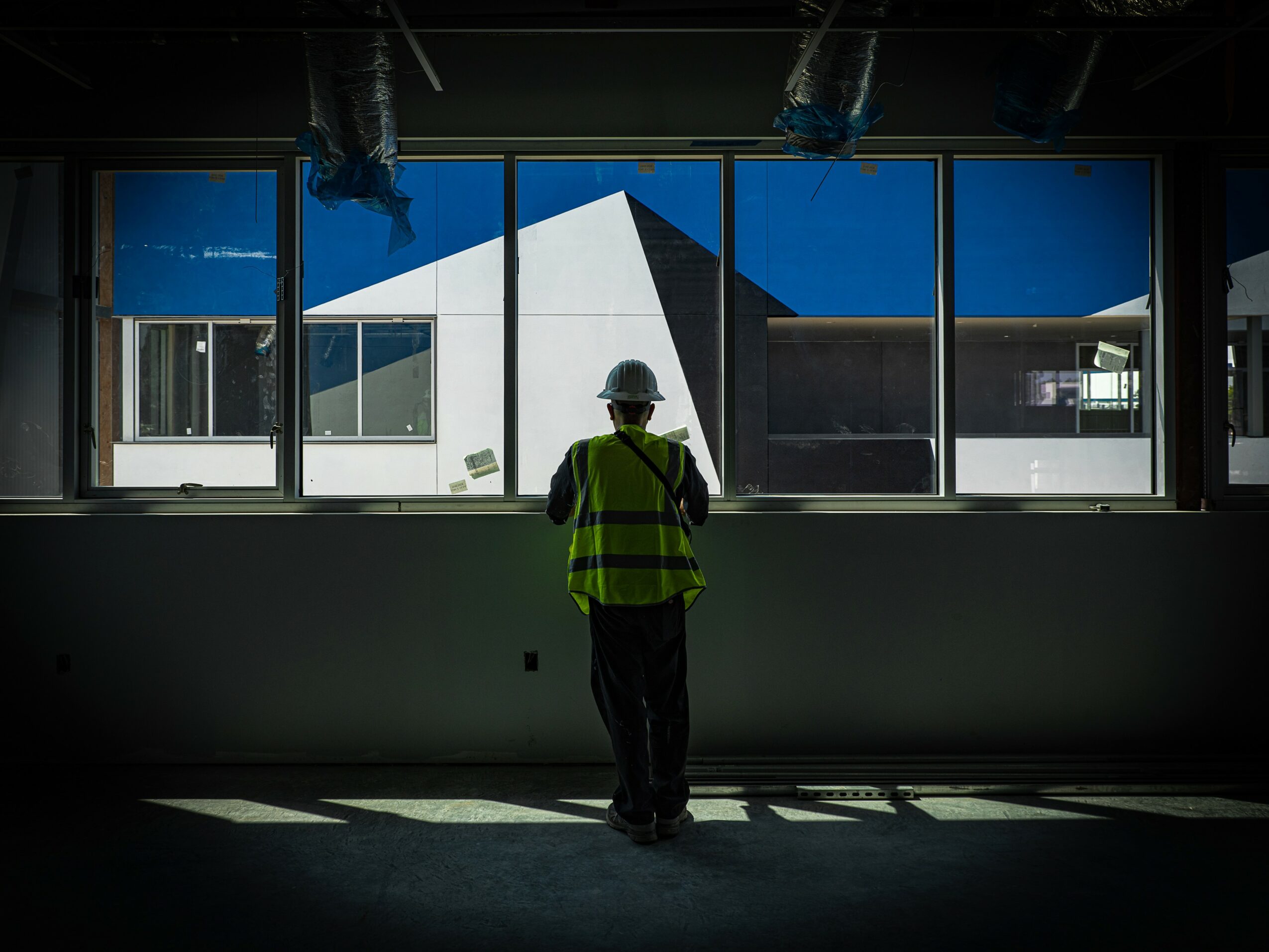
Image Credits
Claudia Lucia
Joshua White
Christopher Wormald
SKA Studio
Rick Rodney














